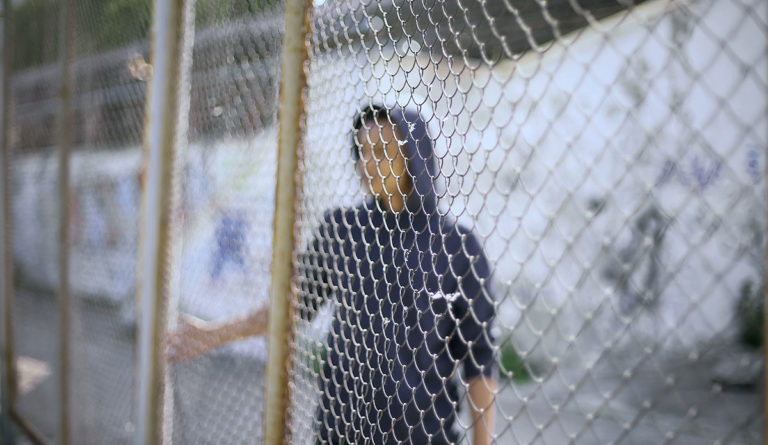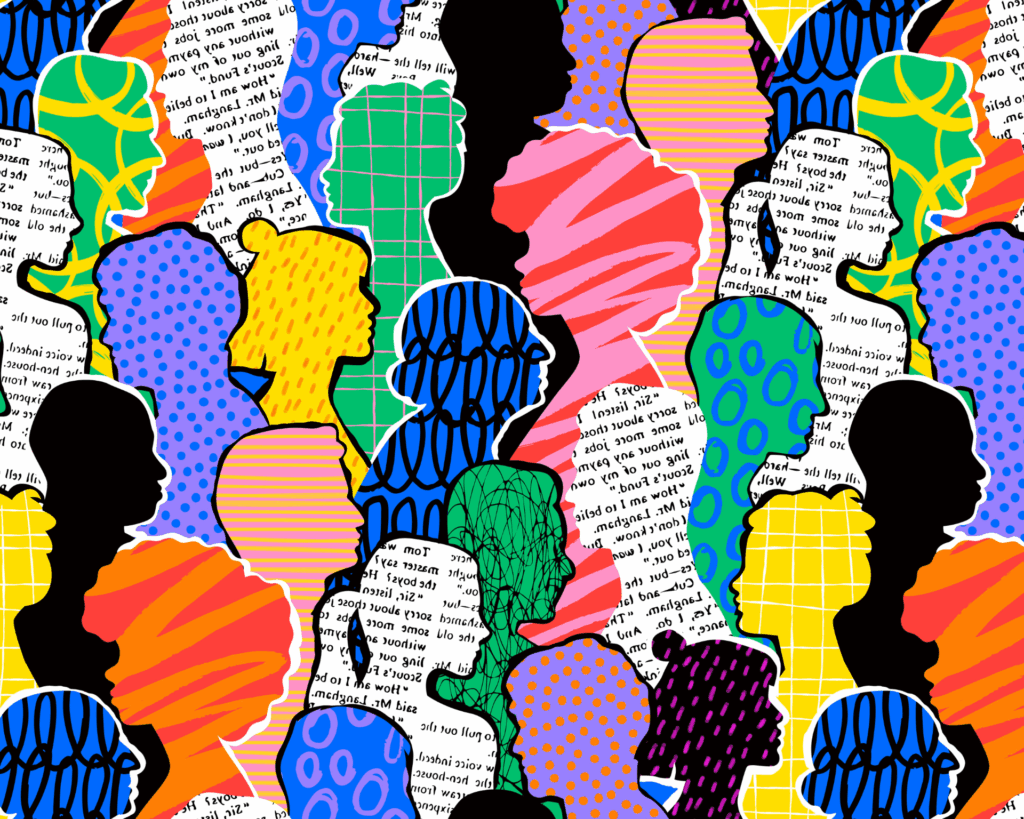Cage-Free
Researchers identified alternatives to immigrant detention; some of these programs are problematic, others can help promote the health and wellbeing of asylum-seekers.

Read Time: 3 minutes
Published:
“I thought America was the land of the free. We are taken away from our homes and put into jail like livestock, while our government makes money on us. This is the shame of America.” These are the words of Casey Kapijimpanga who tells his immigration story in an article titled, “The U.S. is Trying to Deport me, but You Can’t Deport My Story.”
Over 500,000 people are detained in the United States every year. There are 215 detention facilities across the country. Almost all are privately run. In 2019, $3.2 billion federal dollars were allocated specifically for immigrant detention.
Detention is a staple of US immigrant control policy. Yet, international law says that detention should only be used in last resort and when “necessary, reasonable, and proportionate to a legitimate government objective.” Threats of missing court hearings, or presenting a danger to themselves or the public are considered legitimate reasons to detain an immigrant. The International Detention Coalition defines detention as “the deprivation of liberty for migration-related reasons.” In the US, this often translates to being held for weeks, months, or in Kapijimpanga’s case, years, in a prison-like environment. Detainees are too often denied basic human rights, including health care, and face a high risk of abuse and violence. Even being detained for a short time has been shown to have lasting psychological damage.
“I thought America was the land of the free. We are taken away from our homes and put into jail like livestock, while our government makes money on us. This is the shame of America.”
Alison Ly and team have identified alternatives to detention; some of these programs are problematic, others can help promote the health and wellbeing of asylum-seekers. Alternative programs piloted through US Immigration and Customs Enforcement (ICE) have received significant critique due to the mismanagement by a private prison company. One attempt, the privately run Family Case Management Program (FCMP) began in 2016 to provide stabilization resources such as food, medical, and legal services to asylum-seeking families. The program costs 33.5 times less per family than housing in detention centers and has high rates of court appearance at legal proceedings. However, FCMP has been criticized for not providing financial assistance to families. Ly and team argue that the government’s involvement in alternative programs “blurs the line between control and care”.
Another program called Intensive Supervision Appearance Program (ISAP) is also run through ICE and contracted to a private prison company. The program requires ankle GPS monitors and subjects many asylum seekers to government surveillance for years. Neither of these programs follow the recommendations of successful and humane alternatives to detention programs.
The US government has not broadly explored community-based programs that provide case management, legal support, and community resources including education and housing. Community-run alternatives to detention have been successful in providing resources and supporting immigrant well-being. For example, one program in Chicago connects participants to resources for trauma, language classes, and employment opportunities in addition to housing, case management, and legal representation.
The expansion of the detention system closely mirrors the expansion in mass incarceration. Both have grown exponentially in the last 30 years, produce billions of dollars in profits to private companies, and harm minority communities. More humane alternatives exist. When humans are treated like livestock, they have to fight to be cage-free.
Photo via Getty Images



